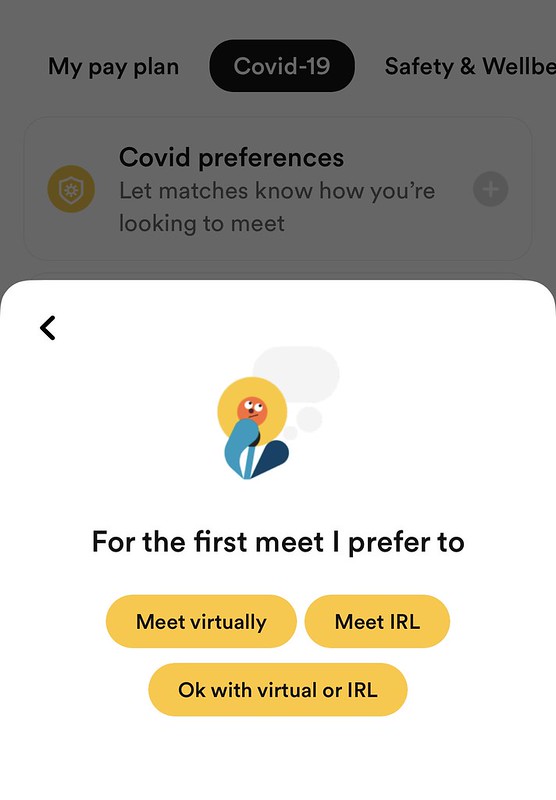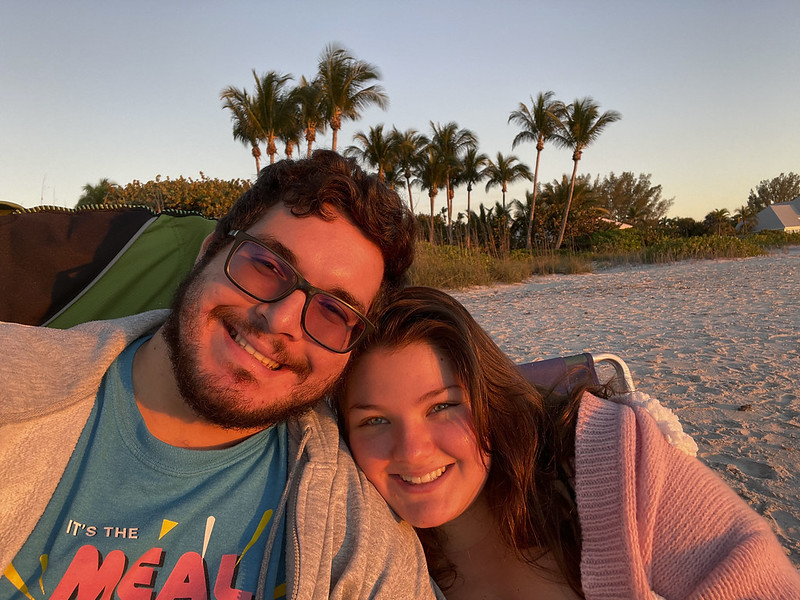Within the two years of learning to live among the Covid-19 pandemic, young singles have resorted to combating loneliness by downloading dating apps.
Hinge, Bumble and Tinder reported record usage throughout the pandemic. In March 2020, Tinder experienced 3 billion swipes in a single day – its highest number in the app’s history.
In 2020, Match Group, the company responsible for over 45 dating brands – including OKCupid, Hinge and Tinder – reported a 15% increase in its second quarter earnings when compared to pre-Covid downloads and subscriptions. Tinder, the company’s most popular app, experienced an increase in downloads by 2.2 million during lockdowns.
The rise in dating app downloads can be attributed to hesitancy – or the inability – to meet new people in the real world.
“I was trying to meet people in person the year before the pandemic started,” said Erika Sauer, a 21-year-old college student from Cape Coral, Florida. “But once all the businesses and bars started closing, I wasn’t able to meet that many people. Plus, being in quarantine got really lonely since I was locked in a dorm with my roommates. I needed to branch out before I went insane.”
Sauer met her boyfriend, Michael Morales, on Tinder in January 2021. The two planned virtual dates consisting of FaceTime and playing Minecraft together. After a few weeks, they decided to meet in-person, choosing a local restaurant for their first face- to-face date.
“Considering that most places that people socialized before the pandemic were closed down, dating apps became the only option for people to meet – outside of chance encounters at grocery stores like Hallmark would have us believe,” said Morales.
Sauer and Morales will celebrate their anniversary in 2022.
“I downloaded the app to look for a meaningful relationship, and sure enough I did,” said Morales.

Bumble’s Covid Preference setting allows users to choose their preferred method of meeting new dates amidst the pandemic. The selection is then displayed on each user’s profile.
Online dating platforms have pivoted to more Covid-friendly features within their platforms. Hinge, a self proclaimed “dating app designed to be deleted” founded in 2012, gives users the option to display their vaccination status on their profiles. Similarly, Bumble’s Covid-19 feature allows swipers to set their pandemic dating preference, with public display options indicating if a user prefers to meet virtually or IRL – in real life – on the first date.
Addison Worthington, a 24-year-old Florida-native living in Brooklyn, joined Hinge in April 2020, one month after lockdowns began.
Worthington’s profile states that he is vaccinated against Covid-19, alongside his occupation, political party and height measurement, a new norm in online dating amidst a pandemic.
“In the beginning [of lockdowns], I was very isolated,” said Worthington. “I felt like it was a good way to meet people, since all other forms of in-person mingling were effectively gone.”
The rise in online dating has challenged pre-pandemic stigmas surrounding people who utilize online sites to meet people.
“I believe more people definitely tried dating apps over the pandemic because everyone was more alone than ever before,” said Sauer. “I think this pandemic tested a lot of relationships and whether they were strong enough to last through isolation. This could be a motivator to get a dating app, even if it’s only for a night.”
According to Pew Research Data, 12% of Americans are married to or in a long-term relationship with an individual they met online, while three in 10 adults report utilizing apps to meet potential partners.
While public perception continues to evolve surrounding meeting romantic partners on the internet, the data suggests that younger demographics are more likely to engage in online dating. Forty- eight percent of 18-to-29 -year-olds have reported downloading a dating app, with a 10% decrease in usage within 30-to-49-year-olds.
“I think [dating apps] are becoming more normalized, even if the stigma wasn’t all that bad to begin with,” said Worthington. “Ultimately we all want to meet people and find individuals who we like to hang out with, either for long term relationships or friendships. They’re great ways to facilitate meeting people you wouldn’t otherwise have overlap with, and I’ve met some very good friends here.”
As Covid-19 restrictions begin to loosen throughout the country, the fate of dating apps remains unknown. However, it appears that young singles have chosen to “swipe right” on online dating.
“ It sucks that [Michael and I] didn’t have a ‘meet cute, but I’m happy to give it up and be with the perfect person for me,” said Sauer.


